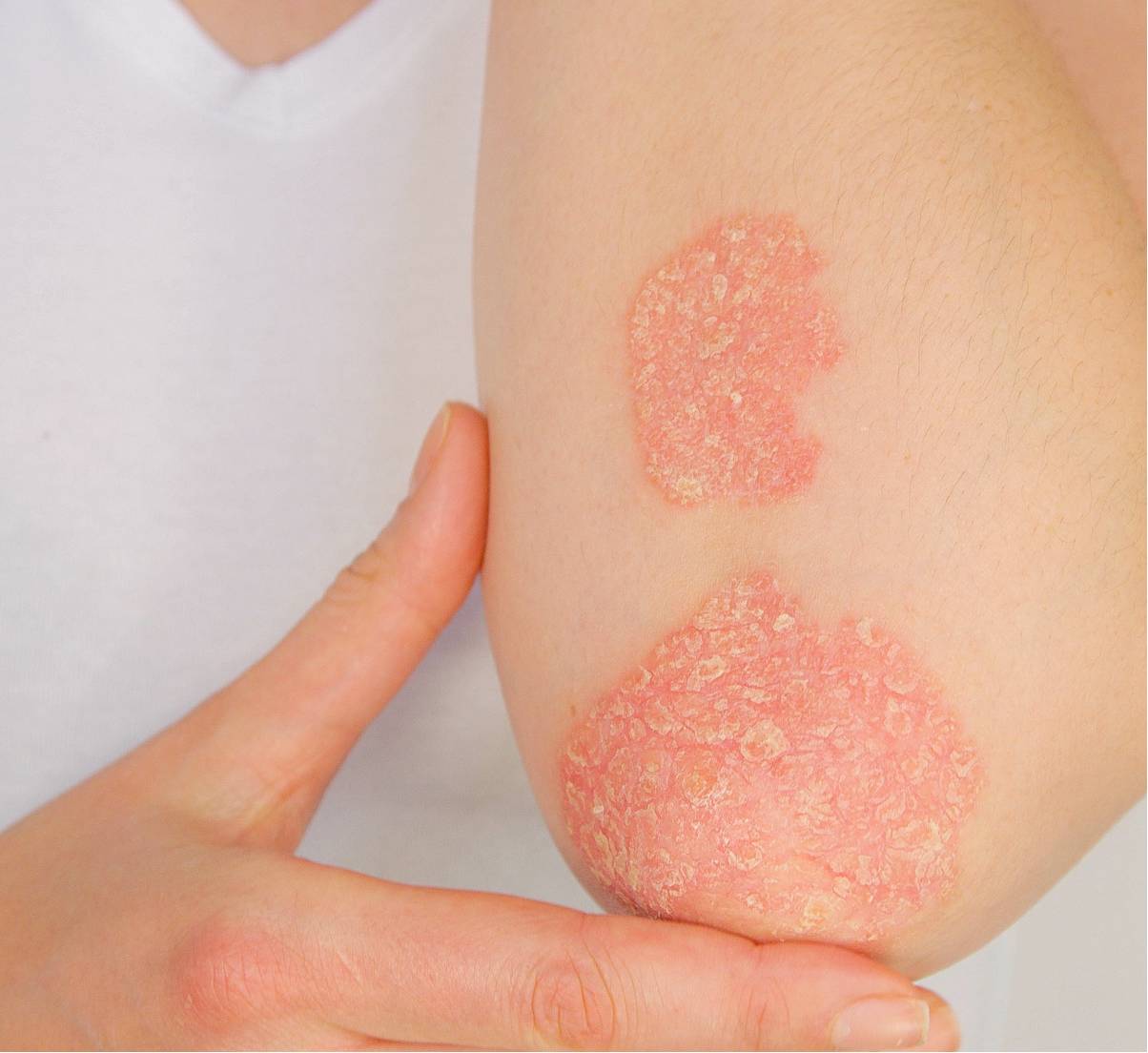News
Article
CASPAR Criteria May Identify More Patients With Juvenile PsA Than ILAR Criteria
Author(s):
Key Takeaways
- CASPAR criteria identified more PsA cases in JIA patients than ILAR criteria, indicating its potential utility in early diagnosis.
- Significant predictors of PsA include wrist or subtalar joint involvement, psoriasis, nail abnormalities, and dactylitis.
A prospective study also found that the presence of psoriasis and dactylitis at disease onset were the strongest predictors for the development of PsA.
Credit: Adobe Stock

ClASsification criteria for Psoriatic ARthritis (CASPAR) identified more patients with psoriatic arthritis (PsA) than International League of Associations for Rheumatology (ILAR) criteria in peoplewith juvenile idiopathic arthritis (JIA), demonstrating its potential utility.1
Lead investigator Agnes Szentpetery, MD, PhD, Uppsala University and Uppsala University Hospital, Uppsala, Sweden, and colleagues assessed the clinical characteristics of patients with JIA from defined geographic regions of Denmark, Finland, Norway, and Sweden with disease onset from 1997 to 2000 that were enrolled prospectively and followed up for 18 years. Patients were classified according to the ILAR criteria at baseline, and they applied ILAR and CASPAR criteria at 18 years.
“Classifying patients with JPsA is often challenging because, in contrast to adult PsA, psoriasis may manifest up to 10 years after arthritis onset in children and may be prevented by the use of disease-modifying antirheumatic drugs,” Szentpetery and colleagues wrote.1 “...The objectives of our study were to assess the clinical characteristics of patients with JIA who fulfill the CASPAR criteria as young adults 18 years after disease onset in a population-based setting and to identify features likely to predict PsA, including characteristics related to juvenile PsA and family history of psoriasis.”
Among the 510 patients enrolled in the study, 434 participated in the 18-year follow-up. Szentpetery and colleagues found that 28 (6.5%) met the ILAR criteria, and 41 (9.4%) fulfilled the CASPAR criteria. Patients with wrist or subtalar joint involvement at onset were more likely to be classified with PsA at 18 years (odds ratio [OR], 3.3; P = .02 and OR, 12.9; P = .01, respectively). The investigators also found that presence of psoriasis (OR, 20.2; P < .001), nail abnormalities (OR 11.6; P = .002), or dactylitis (OR 43.4; P < .001) were significantly associated with PsA development.1
“Our study is a contribution to the ongoing debate about the classification and rationale of JPsA and highlights the importance of early recognition of features associated with PsA. Further studies on the utility of the CASPAR criteria in patients with JIA are needed to potentially recognize more patients with JPsA early in the disease course and ultimately to provide better care and more favorable long-term outcome for children with JPsA,” Szentpetery and colleagues concluded.1
Other recent research in JIA was presented at November’s American College of Rheumatology (ACR) Convergence 2024in Washington, DC. One such study evaluated tofacitinib in a double-blind study compared to placebo and found no evidence of superiority. However, the phase 3, randomized, withdrawal study (NCT03000439) did find evidence of improvements in its open-label study phase.2
“What we did see is that the medication was well tolerated, and based on the OL part, it has, in my mind, at least some therapeutic benefit for a subset of patients with sJIA,” lead investigator Hermine Brunner, MD, MDc, MBA, Director, Division of Rheumatology, and professor, Department of Pediatrics, Cincinnati Children’s told HCPLive® during the meeting.
REFERENCES
Szentpetery A, Glerup M, Aalto K, et al. Characteristics That Predict Psoriatic Arthritis by the Classification Criteria for Psoriatic Arthritis in Patients With Juvenile Idiopathic Arthritis 18 Years After Disease Onset. ACR Open Rheumatol. Published online December 10, 2024. Doi.org/10.1002/acr2.11758
Brunne H, Li C, Chinniah K, et al. Efficacy and Safety of Tofacitinib in Patients with Active Systemic Juvenile Idiopathic Arthritis. Presented at: ACR Convergence 2024; November 14-19; Washington, DC. Abstract L09.




